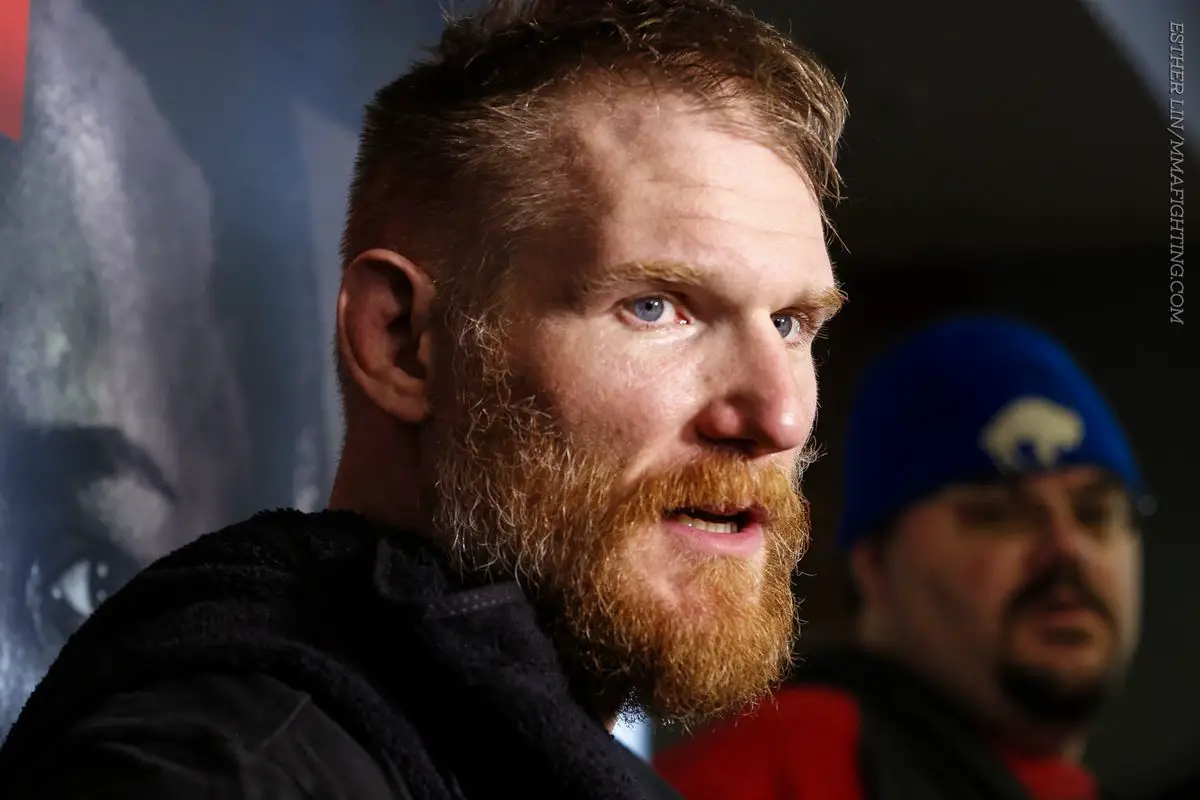
The wrestling world has long debated the merits of cross-promotion between major companies, but few independent showcases have managed to bridge these divides as successfully as Josh Barnett’s Bloodsport. The hard-hitting shoot-style promotion has become a WrestleMania week tradition, with this year’s edition featuring an unprecedented number of WWE superstars — a fact that didn’t sit well with some vocal critics online.
Record WWE Presence at Bloodsport XIII
Bloodsport XIII, which took place on April 17 during WrestleMania 41 weekend, featured eight WWE performers in what became the promotion’s most star-studded crossover event to date. The GCW-affiliated show saw Natalya unveil a more aggressive in-ring persona before facing joshi standout Miyu Yamashita, while Pete Dunne made his Bloodsport debut in a technical masterclass against Timothy Thatcher.
Charlie Dempsey continued his Bloodsport tradition with his fourth appearance, and Shayna Baszler competed in what would ultimately be her final WWE match before her May 2nd release. Despite the WWE-heavy card, the main event spotlight remained on Josh Barnett himself as he faced NJPW’s rising star Gabe Kidd.
Addressing the Backlash
Following the event, Barnett directly addressed the criticism he received for featuring so many WWE talents on what has traditionally been viewed as an independent showcase.
“This is a wrestler’s show, which is so surprising when, you know, now I get a small amount of people pushing back, throwing a fit about WWE talent being on the show and this one having the most that we’ve had so far.”
The former UFC heavyweight champion pointed out the irony in the criticism, noting that many of the same voices had previously lamented the lack of cross-promotion in wrestling:
\”For one, they were all upset that no one would cross-promote and the organizations wouldn’t work together which by the way, it wasn’t all due to just competitive, animus, or contrarian views.\”
The Business Reality Behind Cross-Promotion
Barnett displayed a nuanced understanding of why major companies have historically been hesitant to loan out talent. He acknowledged the significant investment promotions make in developing their performers:
“Everybody’s wrestler is a massive line item in the total value of a company and there’s a bunch of money put into every single person that goes under contract so to let me have someone that’s worth a million bucks or something come work on my show, uh, that’s a big ask, right? That’s a ton of trust.”
This perspective reveals why the current WWE talent-sharing arrangement is so remarkable, especially considering Barnett’s previous attempts to secure WWE performers.
Years in the Making
The cross-promotional breakthrough didn’t happen overnight. Barnett revealed he had been in discussions with WWE for years, dating back to when Vince McMahon was still running the company:
\”I’d actually been speaking to Hunter (Triple H) and (William) Regal for years, when Vince (McMahon) was still in, and you know, the answer would usually be, ‘You know, no. Not this time.’ It’s like, ‘No problem. But let me know if you change your mind.’\”
This persistence has finally paid off in the Triple H era, with WWE now allowing select talent to participate in Bloodsport’s unique format.
The Philosophy Behind Bloodsport
Barnett emphasized that his talent selection transcends promotional boundaries. He reminded critics that previous Bloodsport events have featured performers from various companies, including significant representation from New Japan Pro Wrestling.
“But, they also don’t get upset and they seem to forget there was cards that there was a ton of New Japan talent on it… It isn’t about it being indie or working with this group or that group.”
For Barnett, the ultimate goal remains consistent regardless of which company’s talent appears:
“It’s about me trying to put the wrestlers in the ring that I think would flourish and make great matches and that I’d wanna work with and that’s that…”
Creating Unique Opportunities for Fans
Perhaps the most compelling argument Barnett makes is about the unique value Bloodsport offers wrestling fans. By transcending promotional boundaries, the show creates dream matches that wouldn’t otherwise be possible:
“It is pretty cool to be able to bring people from all over because then, like I said, it’s access to these wrestlers that I wanna put in the ring, that I feel are gonna give every bit of value to this show and more so for the fans that are gonna watch.”
This talent-first approach has established Bloodsport as one of wrestling’s most distinctive and respected independent showcases, where in-ring ability and stylistic compatibility take precedence over promotional politics.
The Future of Cross-Promotion in Wrestling
Bloodsport’s success in featuring WWE talent signals a potential shift in how major wrestling companies approach talent sharing. With Triple H at WWE’s creative helm showing more openness to these collaborations, could we be entering a new era of cross-promotional possibilities? The “forbidden door” seems increasingly less forbidden, with Bloodsport serving as a neutral ground where wrestlers from different promotions can showcase their legitimate grappling skills. What other dream matches would you like to see at future Bloodsport events now that WWE talent is firmly in the mix?











